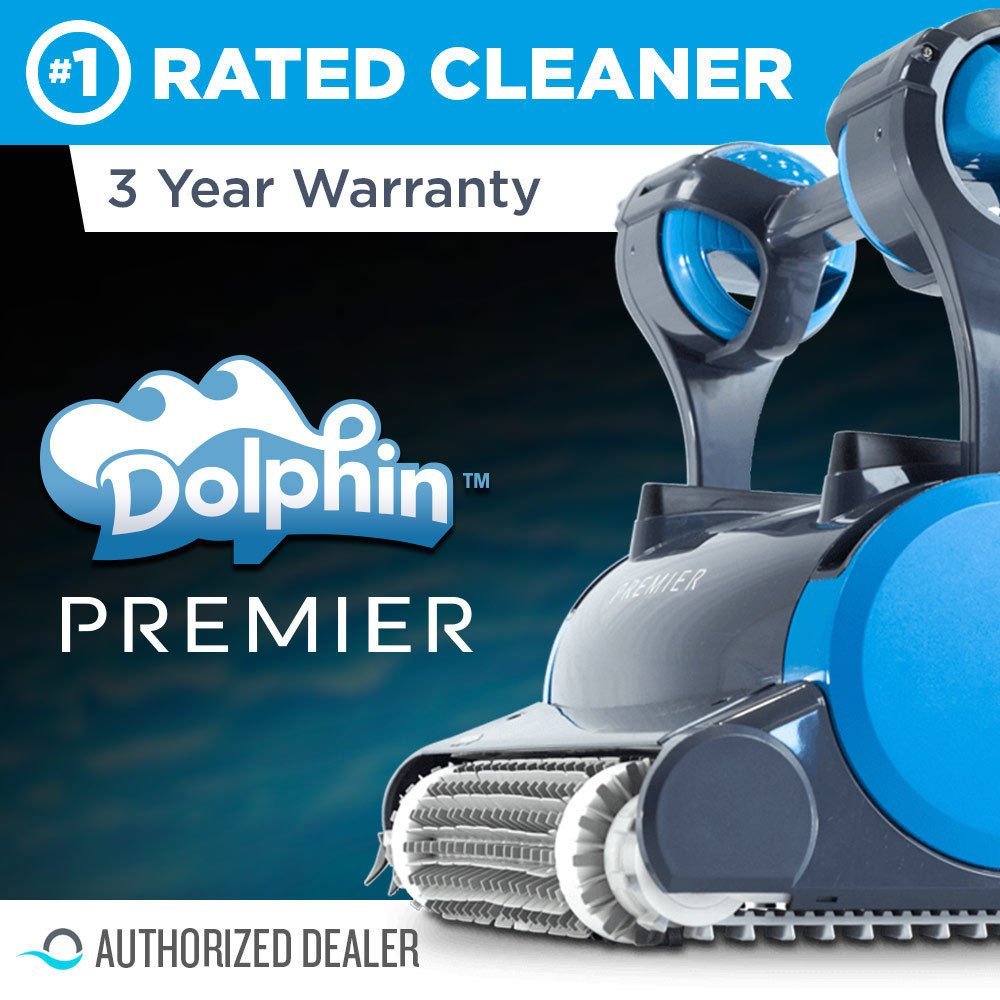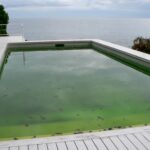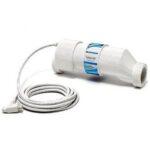
Opening Your Swimming Pool for the Season: A Comprehensive Guide
As the weather warms up, it’s time to think about opening your swimming pool for the season. Proper preparation ensures a clean, safe, and enjoyable swimming experience for you and your guests. This article outlines the essential steps for opening your pool, including cleaning tips and the desired chemical balances to maintain water quality.
Remove and Clean the Pool Cover
Start by removing any debris, such as leaves and twigs, from the pool cover using a soft broom or leaf blower. Carefully remove the cover, taking care not to let any debris fall into the pool. Clean the cover with a mild detergent, rinse thoroughly, and let it dry before storing it for the season.
Inspect and Reassemble Pool Equipment
Check your pool equipment, including the pump, filter, heater, and plumbing, for any damage or wear that may have occurred during the off-season. Reassemble and reconnect any equipment that was winterized or disconnected, following the manufacturer’s instructions.
Clean the Pool
Remove any large debris from the pool using a leaf net or skimmer. Brush the pool walls and floor with a pool brush to remove dirt and algae, focusing on areas with visible buildup. Vacuum the pool using a pool vacuum or an automatic pool cleaner to remove fine debris and sediment.

Fill the Pool to the Proper Level
If the water level in your pool dropped during the off-season, use a hose to fill it to the appropriate level, typically halfway up the skimmer opening or according to your pool manufacturer’s recommendation.
Test and Balance Pool Water Chemistry
Before adding any chemicals, allow the pool water to circulate for at least 24 hours. Test the water using a reliable test kit or test strips, and adjust the chemical levels as needed. Aim for the following chemical balances:
pH: 7.4 to 7.6
Total Alkalinity: 80 to 120 ppm (parts per million)
Calcium Hardness: 200 to 400 ppm
Free Chlorine: 2 to 4 ppm
Cyanuric Acid (for outdoor pools): 30 to 50 ppm
Start by adjusting the total alkalinity, then the pH, and finally, the calcium hardness. Once these levels are balanced, you can address the sanitizer levels.
Shock the Pool
Shocking your pool helps to eliminate contaminants, such as bacteria and algae, and restores water clarity. Use a pool shock product, either chlorine or non-chlorine, following the manufacturer’s instructions for the appropriate dosage. Ensure the pump and filter are running during the shocking process and wait at least 24 hours before swimming.
Run the Pump and Filter
Running the pump and filter continuously for the first few days after opening your pool will help to circulate the water, distribute the chemicals evenly, and remove any remaining debris. After this initial period, you can switch to your regular pump and filter schedule.
Monitor and Maintain Pool Chemistry
Regularly test and adjust your pool’s chemical levels to maintain water quality throughout the swimming season. Check the pH and sanitizer levels at least twice a week, and the total alkalinity, calcium hardness, and cyanuric acid levels at least once a month.
Conclusion
Opening your swimming pool for the season requires a thorough cleaning, equipment inspection, and proper water chemistry balancing. By following these steps and maintaining regular pool maintenance throughout the season, you’ll ensure a clean, safe, and enjoyable swimming environment for everyone.




